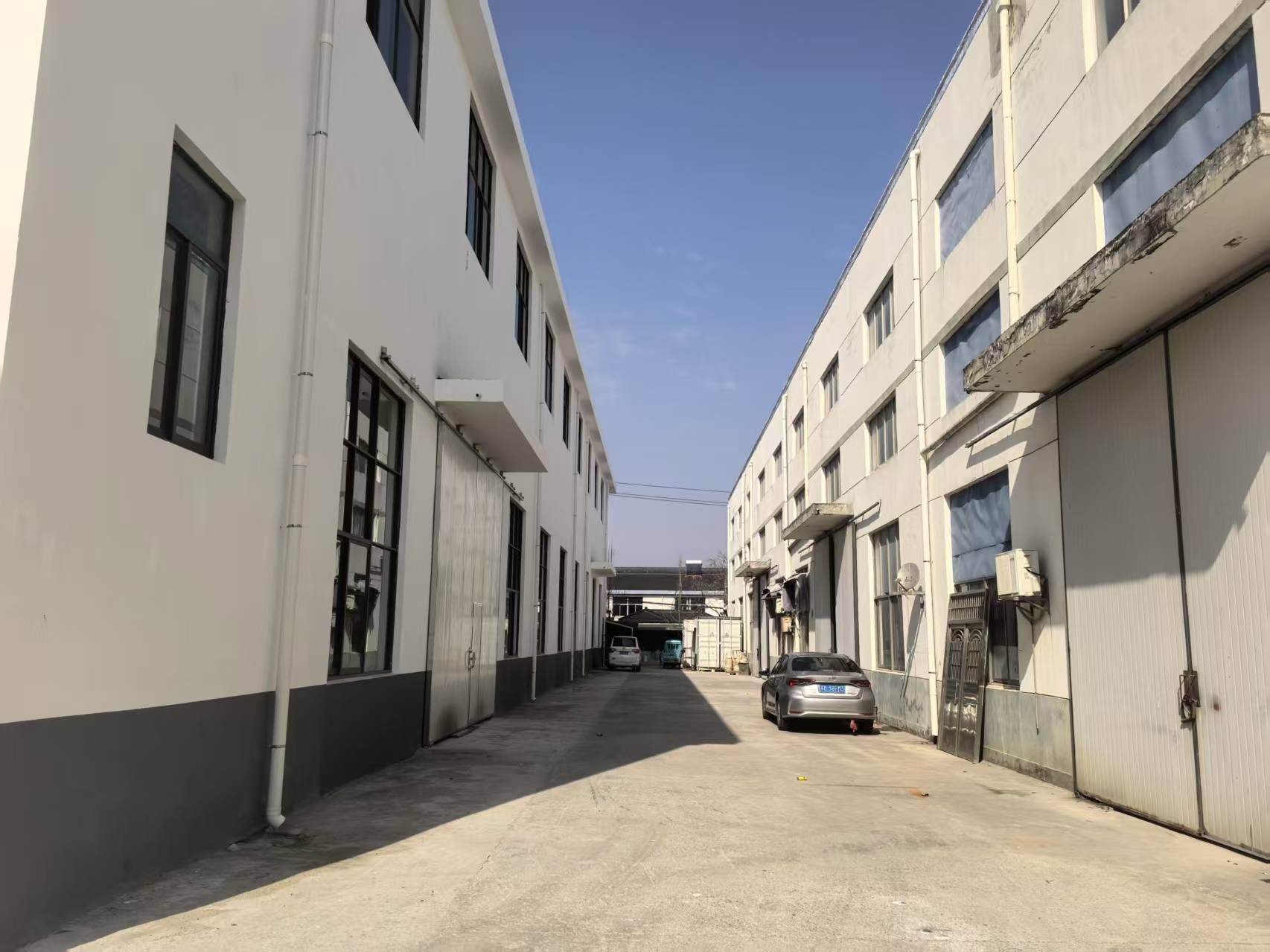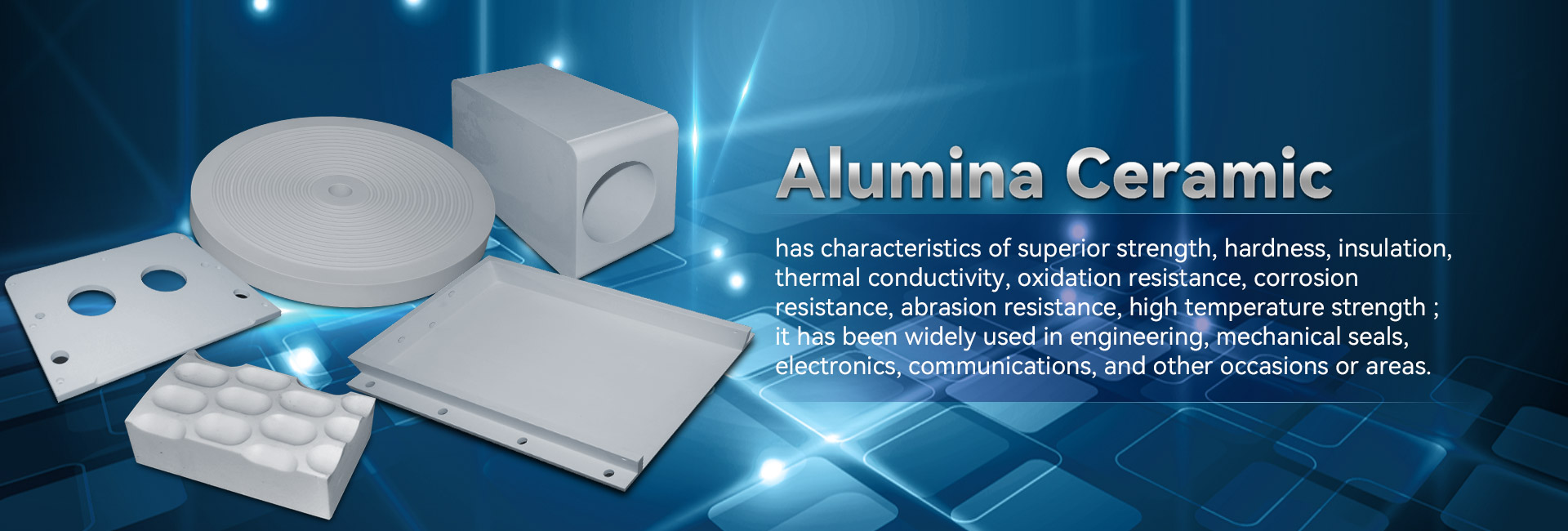
Precise component display remarkable morphological features, establishing them ideal for a extensive set of applications. Developing from space and automobiles to tech hardware, these substances are steadily transforming to accommodate the demands of a contemporary market.
- Their resilience and antagonism to rigorous settings make them paramount for premium units.
- Over and above, technical ceramics contribute edges in terms of longevity, supporting the evolution of state-of-the-art methods.
Industrial Ceramics: Fashioned for Premium Efficiency
Fabricated ceramics excel in taxing deployments due to their extraordinary elements. Made from chosen raw materials and going through thorough processing techniques, these modern ceramics offer outstanding fortitude, oxidation resistance, and endurance to critical environmental conditions, corrosion, and scraping. From aerospace units to engraving tools, industrial ceramics offer peerless performance across wide-ranging branches. Their adaptability allows resisting stringent conditions, securing persistence and soundness. As innovation progresses, the desire for leading-edge tradables grows, cementing the key role of industrial ceramics in shaping a advanced prospect.
Innovative Ceramics: Reaching Substrate Margins
Ceramics, possessing remarkable durability and endurance, are encountering a evolution. Advanced ceramics, designed with meticulous control over their composition and microstructure, are pushing the constraints of the sum of attainable. These structures present a wide assortment of attributes, substantially aiding them preferable for exacting fields such as astronautics, therapeutics, and fuel. From lightweight parts that hold up under extreme heat levels to biocompatible implants that fuse fast with the biological system, advanced ceramics are altering our environment.
Accurate Ceramic Creation: Fulfilling Rigid Standards
Engineered ceramic fabrication has improved significantly in recent intervals, enabling the assembly of complicated and highly practical ceramic products. These elements are key across a diverse range of fields, including aeronautics, medical, and technological domains. Handling the rigorous demands for these purposes calls for strict fabrication approaches that guarantee dimensional precision, surface smoothness, and material features. State-of-the-art ceramic fabrication processes apply manifold methods, including slip casting, injection molding, and additive manufacturing. These tactics make possible the production of complex shapes and precise details with outstanding reliability. Furthermore, advances in material research have given rise to new ceramic recipes endowed with heightened attributes. These ceramics possess increased longevity, persistence, and tolerance to critical temperature conditions, allowing their use in stringent sectors.
The outlooks for detailed ceramic fabrication are vast. As research and improvement push on, we can expect even more complex practices and elements that will again increase the thresholds of what is realizable in this domain.
Premium Ceramic Products for Demanding Environments
High-tech ceramic elements exhibit extraordinary robustness and immunity against inimical settings, making them optimal for taxing uses in military spaces. These specialized ceramics can tolerate forceful climatic loads, resist wear, and retain their efficiency under intense kinetic pressings. Their incomparable crystalline properties equip reliable performance in demanding conditions, including industrial furnaces, power units, and energy generators.
- Composite ceramics
- Heat tolerance
- Lightweight design
Ceramic Hybrids: Synthesizing Hardness and Functionality
Composite materials exhibit a effective mix of mechanical hardness and distinct specific capacities. Through the amalgamation of ceramic units within a binder, these compounds achieve noteworthy efficiency. This blend results in heightened immunity against high warmth, wearing, and chemical degradation, rendering them advantageous for challenging tasks in aeronautics, motoring, and fuel places. Furthermore, ceramic composites can be tailored to possess unique properties like electrical conductivity or biocompatibility, broadening their utility across diverse industries.
Microscopic Governance in State-of-the-Art Ceramics
Securing desired traits in high-tech ceramics usually compels precise regulation over their microstructure. Several processing variables, including sintering heat magnitude, stretch, and atmosphere, alongside the addition of dopants or auxiliary phases, notably shape the alignment of grains, void fraction, and other microstructural traits. Precise modification of these elements allows for the improvement of resilience, cracking tolerance, and thermal conductivity. By way of illustration, raising the sintering temperature can boost grain inflation, thus increasing thickness and improving mechanical sturdiness. Conversely, controlling the firing atmosphere may influence the oxidation status of the ceramic, thereby influencing its electrical current flow or magnetic attributes. Understanding these relationships between microstructure and properties is indispensable for fabricating advanced ceramics with customized traits suitable for diverse applications.
Friction-Resistant Ceramics: Augmenting Robustness
For high-stress manufacturing realms, where elements are affected to constant scoring and erosion, wares with remarkable durability are urgently vital. Wear-resistant ceramics have emerged as a principal answer, granting unparalleled toughness and quality in diverse realms such as fabrication, mining, and aerospace. These cutting-edge compounds possess a singular morphology that elevates their ability to combat abrasion. By applying the essential strength and density of ceramic elements, engineers can create durable elements capable of surviving the most tough operating scenarios.
Therapeutic Composites: Implementations in Biomedical Field
Biofriendly ceramics have reshaped the hospital market, supplying an array of helpful properties for broad assignments. These substances are chemically neutral within the living system, minimizing immunological responses and promoting restoration. A prime function for biocompatible ceramics is in prosthetic supports, where their strength sustains long-lasting foundation to damaged organ structures.
Additionally, they are deployed in oral surgery, yielding a tough and attractive solution for dentures. Ceramics also hold a key responsibility in therapeutics, allowing the pointed dispensary of compounds to specific areas within the living entity.
- Moreover, biocompatible ceramics are more often being probed for tissue engineering, serving as a structure for replacement.
- Because of this, the outlook of biocompatible ceramics in clinical practice looks favorable, with continual advancements expanding their potential.
High-Tech Ceramic Sensors: Supporting High-Precision Determinations
Sensitive ceramic devices alumina ceramic have appeared as critical units across a diverse array of applications. These instruments use the special features of ceramic substances to deliver highly accurate determinations. Their fortitude in {demanding|harsh| 